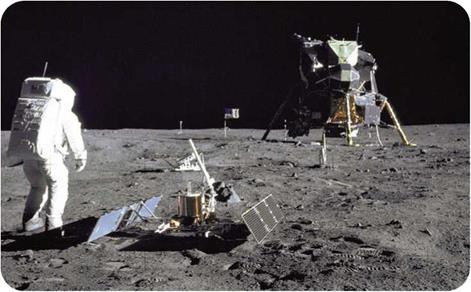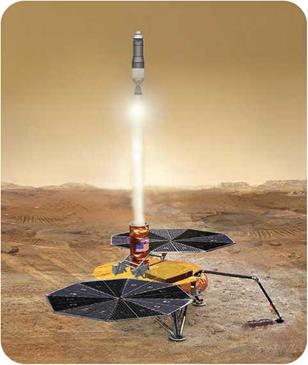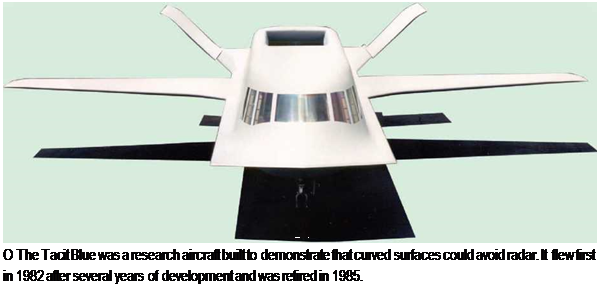Coming Back to Earth
At the end of its orbital mission, the Space Shuttle comes back to land on Earth. During reentry, the craft adopts a nose-up angle, and heat-absorbent tiles on the spacecraft’s underside shield the crew from the intense heat. As it descends, the Space Shuttle switches to horizontal flight, dropping fast through the air toward the landing strip. With no engine power during landing, pilots have described the Space Shuttle during air flight as a “flying brick.” A Shuttle
SHUTTLE FACTS
• Most Space Shuttle missions last between five and sixteen days.
• The longest orbital mission to date was STS-80, which lasted 17.5 days in November 1996.
• Early missions carried two-person crews, but the usual crew is seven. The Space Shuttle has room for ten.
• More than 800 people have flown into space on Space Shuttles.
• Each Space Shuttle mission is given a number preceded by the letters STS, which stands for Space Transportation System.
• The energy released by the Space Shuttle’s three main engines is equivalent to the output of thirteen Hoover Dams.
___________________________________________________ /
 pilot has only one opportunity to land the spacecraft-because it has no engine power for landing, the craft cannot fly around for a second try. Space Shuttle landings are usually made at the Kennedy Space Center in Florida or at Edwards Air Force Base in California. At Kennedy Space Center, the Space Shuttle lands on a 2.8-mile (4.5-kilometer) runway, one of the longest in the world.
pilot has only one opportunity to land the spacecraft-because it has no engine power for landing, the craft cannot fly around for a second try. Space Shuttle landings are usually made at the Kennedy Space Center in Florida or at Edwards Air Force Base in California. At Kennedy Space Center, the Space Shuttle lands on a 2.8-mile (4.5-kilometer) runway, one of the longest in the world.












 О Gravity is weaker on the Moon than on Earth because the Moon is smaller and has less mass. Astronauts on Apollo missions set up scientific experiments on the Moon to find out about its force of gravity and other aspects of its environment.
О Gravity is weaker on the Moon than on Earth because the Moon is smaller and has less mass. Astronauts on Apollo missions set up scientific experiments on the Moon to find out about its force of gravity and other aspects of its environment.



